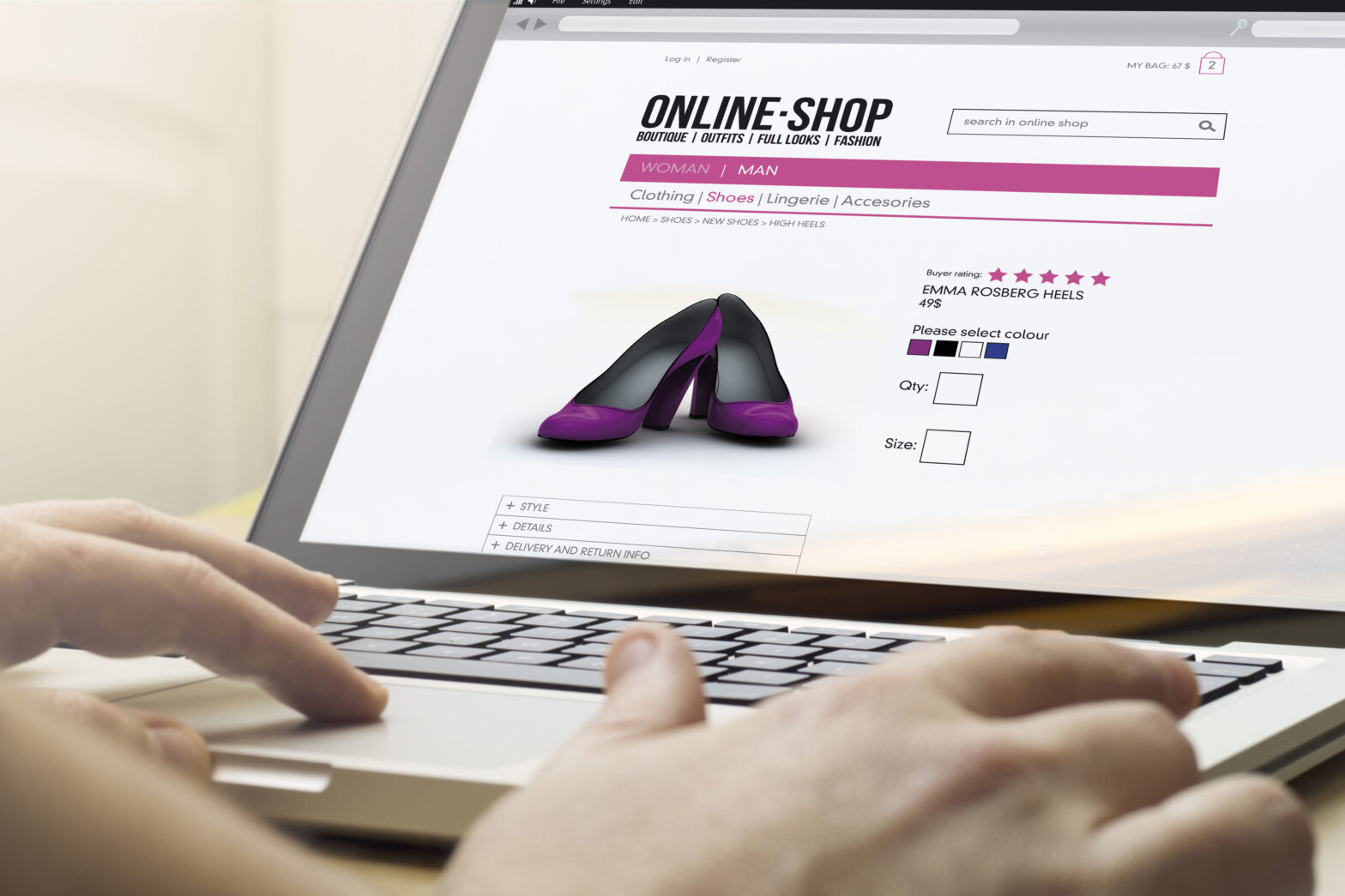Personalisation is transforming e-commerce, with recommendation engines suggesting related products and services to customers for effective upselling. From ASOS’s ‘You Might Also Like’ bar, to Spotify’s ‘Discover Playlist’, digital enterprises are analysing customer behaviour to provide relevant recommendations.
These personalised offers work. The Infosys Rethinking Retail Survey finds that 86 per cent of online shoppers that have experienced personalisation technology admit it influences their purchasing decisions.
How does a recommendation engine work?
Massive amounts of data are collected during online transactions, from clickstream and mobile data, to past transactions and behavioural data.
Leveraging new big data technologies, the volumes and variety of data can be analysed for patterns to predict the optimal product or service that should be offered to that individual customer. Looking back at both what that customer and similar customers have bought, businesses can effectively predict the types of products and services that may be of interest.
Need for speed
Organisations have a short space of time when upselling with recommendation engines is possible. E-commerce companies must be able to share their recommendations or ‘next best offer’ opportunities before the customer completes their purchase.
This means that the company’s big data analytics platform must be able to analyse the relevant data on that customer, and of the previous purchases made with their chosen items quickly. And with the massive – and growing – quantities of data stored, the big data analytics programmes need data fast.
Closing the app data gap
This analytics process can only be as fast as the slowest component in the data centre.
With terabytes – or for some, even petabytes of data – online retailers can face application performance issues because apps are unable to access the relevant data fast enough. This creates an application data gap – ultimately impacting its functionality or effectiveness to deliver timely results.
In these cases, the big data analytics solution faces the same delays and impediment to working as we do when a computer stutters and struggles to bring up a document off its hard drive or an organisation’s server. In the same way that the programme – whether that’s Word, Excel or Photoshop – is struggling to access the data fast enough to run at normal speed, so the slow data delivery to the big data analytics solutions impacts how fast the behavioural analysis can be made.
In the case of recommendation engines ‘time is money’, and it is essential that organisations work to remove barriers to data velocity to improve the speed of analysis to enable an effective upsell.
Barriers to data velocity
When organisations look to reduce application delays, the finger is often first pointed at storage. However, analysis of the cause of application breakdowns in 7,500 companies found that 54 per cent of issues arose from poor interoperability, configuration, and/or the organisation not using best practices unrelated to storage management.
This ultimately comes down to the fact that most data centre components are designed independently. As a result, even ‘best of breed’ components can impact the interoperability of the overall structure.
This challenge can’t even be avoided by buying all components from one IT vendor’s portfolio, as this is frequently made up of the solutions of many smaller companies that it has been acquired over time.
Optimising upsell through machine learning and predictive analytics
By deploying predictive analytics and machine learning in the data centre, IT teams can reduce the app data gap through:
- Analysing the performance metrics accumulated from a large volume of healthy – high performing – environments. By creating this baseline, teams can identify poor performance before it impacts the analytics solution.
- Correlating a number of elements across the infrastructure can help identify the root cause of issues. Identifying the time of an event and comparing sensors across the environment, IT teams can establish cause and effect relationships.
- Highlighting interoperability issues between the different releases for different components based on the results from other environments can help prevent problems arising, by automatically recommending actions to avoid potential conflicts.
- Using machine learning, IT teams can evolve software releases to optimise availability and performance from correlations across the stack.
With recommendation engines providing massive potential to upsell to customers in the moment, there is no questions that personalisation in retail will continue to boom.
To truly harness its potential, organisations must ensure that their infrastructure has no barriers to data velocity, so that the big data analytics programmes deployed are able to provide return on investment through timely, effective recommendations.
Richard Fenton is systems engineer manager, UK&I at Nimble Storage.





